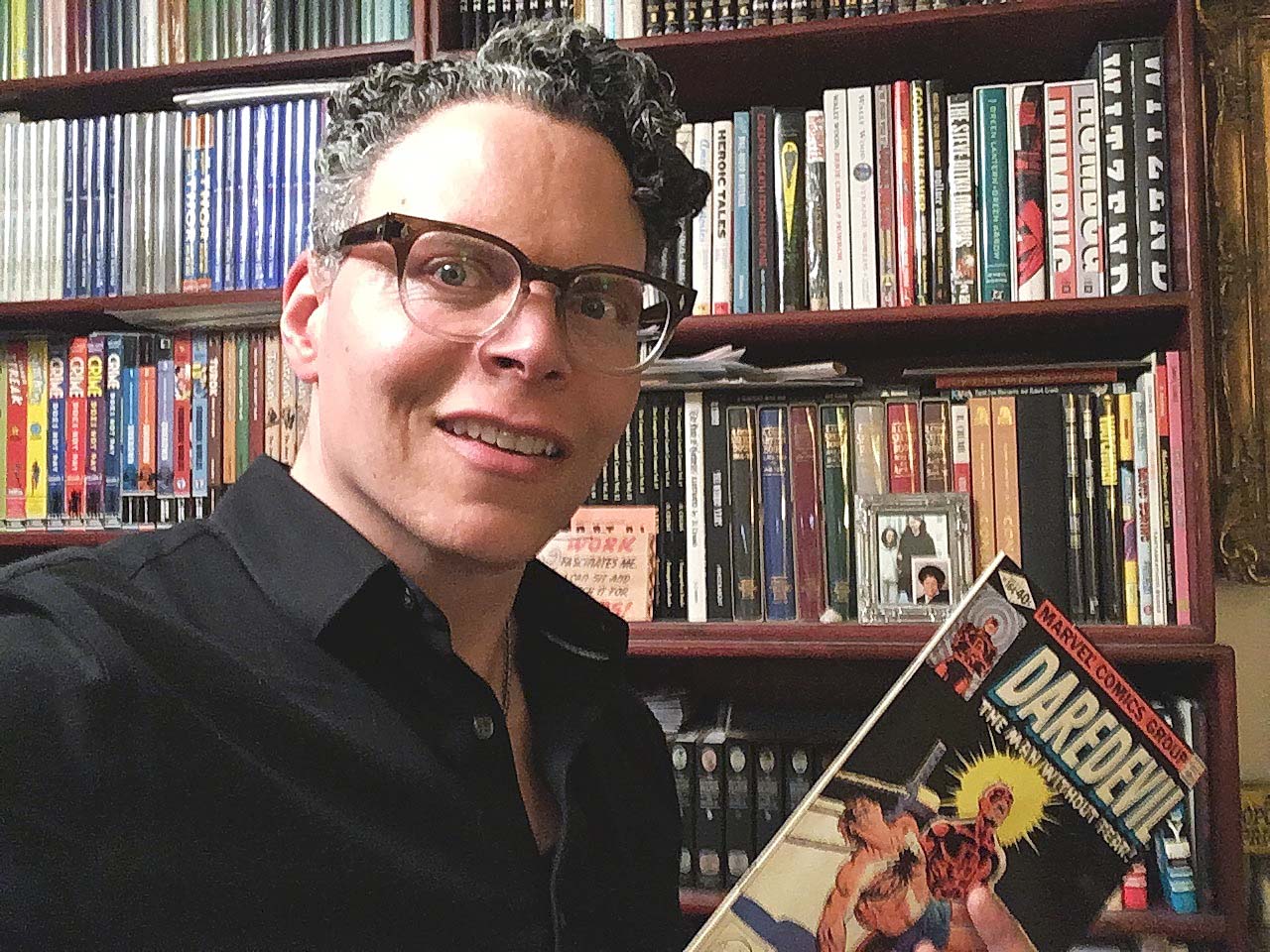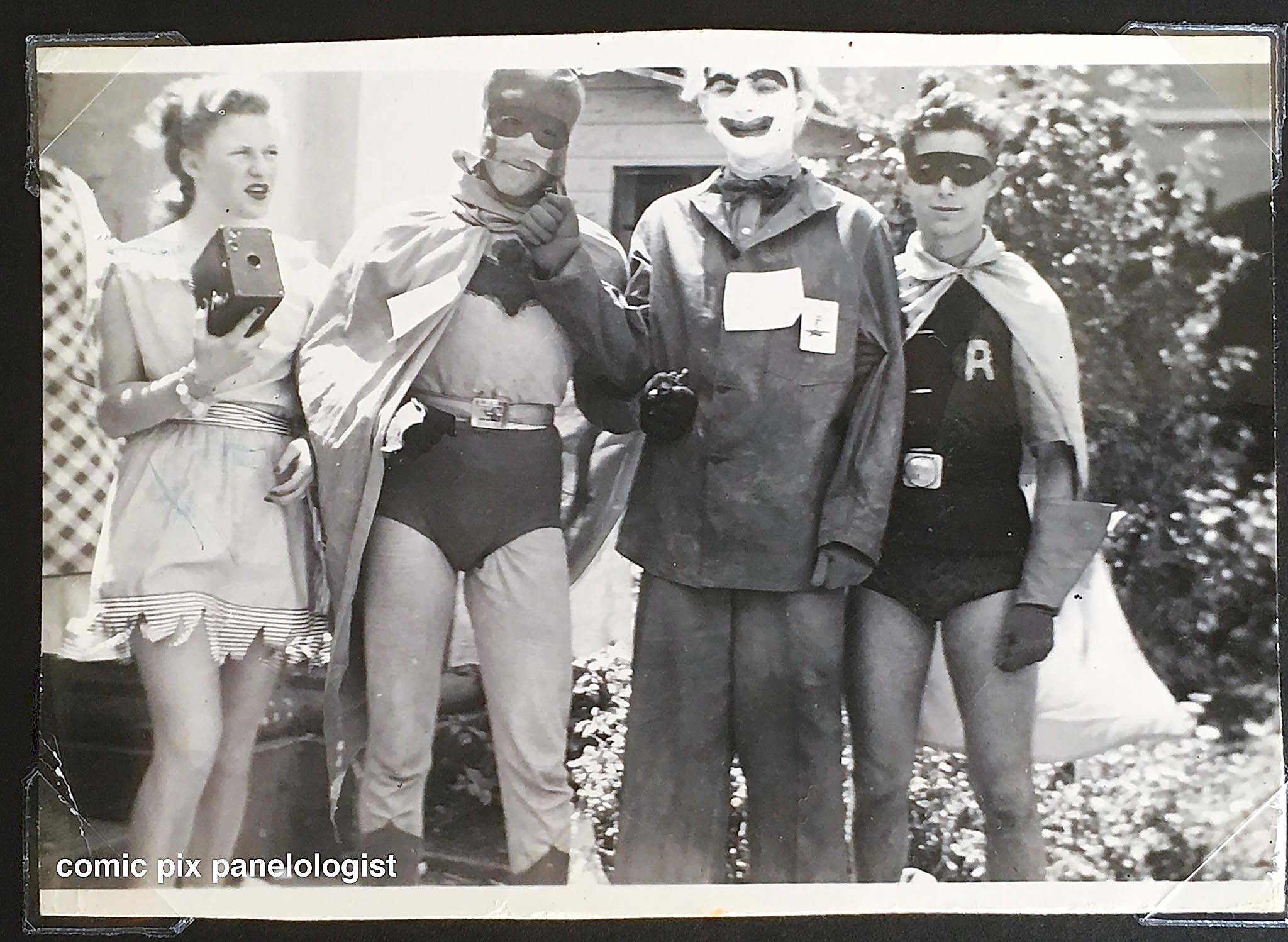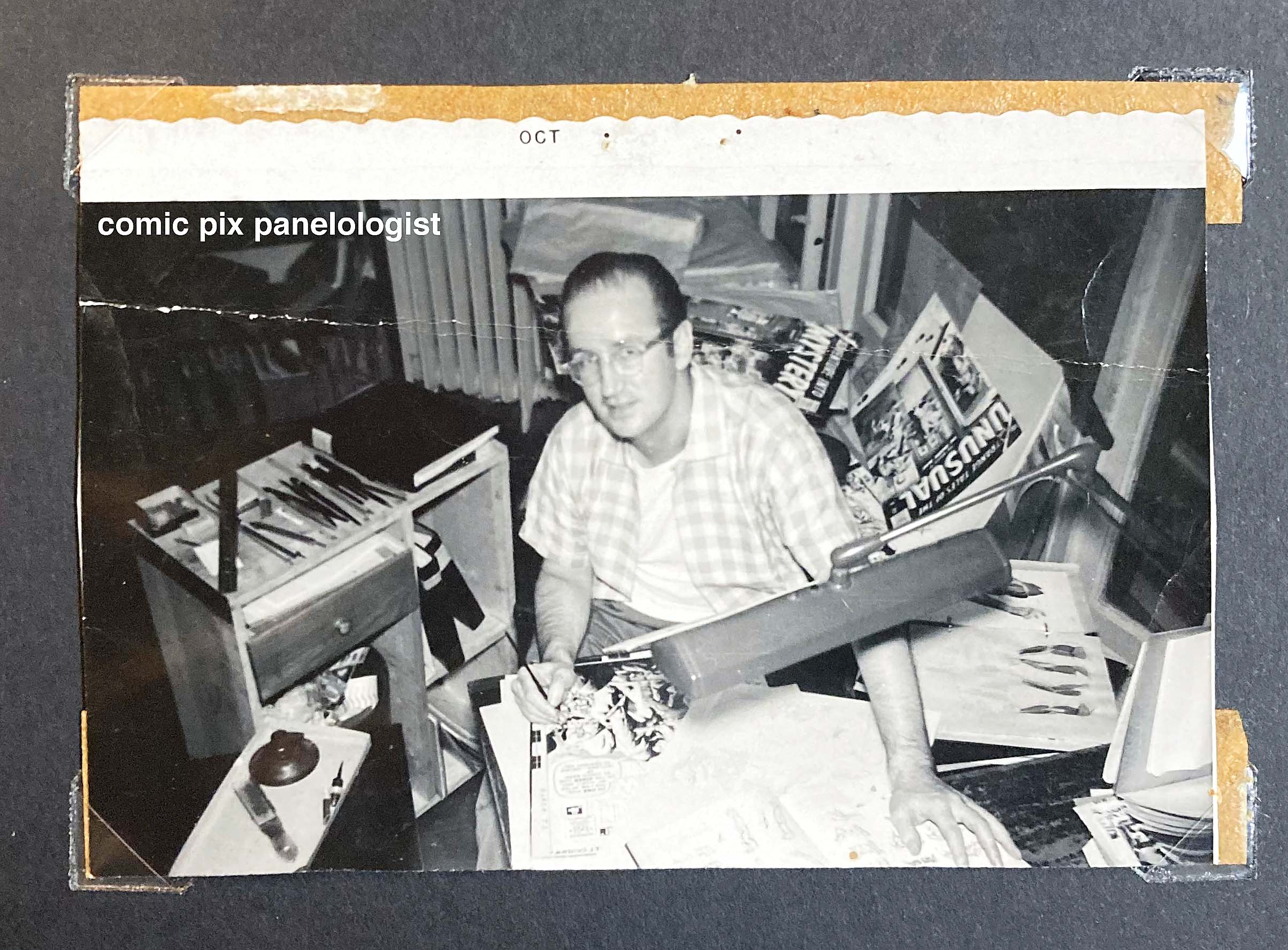
Ivan Briggs is PBA Galleries’ director of comics, fine pens and watches in Berkeley, Calif. Like his professional cadre of superheroes and mutants, however, he has a secret identity as a collector who maintains — by his own estimation — the world’s most extensive collection of vintage comic-related photographs. It’s a subset of vernacular photography that draws on his 25 years of expertise in rare comic books, especially those of the Golden Age, Silver Age and Pre-Code Horror & Crime comics. A recent and successful sale of the Steve Ditko collection of comics put Antiques and The Arts Weekly in contact with the specialist, who noted that it’s time he shared his secret passion with the collecting world at large.
Where did you grow up, and what were some of your early interests?
I was born in San Francisco and went to UC Berkeley. I’ve stayed local my entire life. San Francisco’s always where I’ve come home. My parents were from here, my dad was one of the first generation of kids to get interested in comic books. When he was five years old or so, he remembers seeing the first Superman comic book, Action Comics No. 1, 1938, at the newsstand — the famous cover image of Superman lifting a car over his head. It really captured his imagination. It was the Great Depression and not many kids had a dime to spend on a comic book, so he missed out on buying it, but it made a real impression on his psyche. He became a comic book kid, then outgrew it, went into the Army and came back and, on the GI Bill, went to law school and became a lawyer and started a practice in San Francisco in the 1960s.
One of his clients was a guy by the name of Gary Arlington, who owned a comic book shop, the San Francisco Comic Book Company. He didn’t have a lot of money, so he paid my dad off partly with big stacks of comic books. My dad was reintroduced into the comic book scene. I grew up with MAD Magazine, Spider-Man and the whole world of comics. My dad would read them but wasn’t a collector. Once he was done reading, I would just take the comic books, read them and kind of hoard them. I became obsessed with them and that’s how I became a comic book collector.
Other than leading you to become a director of comic books for an auction house, did it spark an interest in collecting photographs related to the category?
Yes, I began to connect comic books to American culture at large. You begin to consider how comic books are interacting with the culture. They say a picture is worth a thousand words. When you combine photography with the visual medium of comic books, it’s like images-squared.
Are there subcategories of this genre?
I know this one guy who collects photos of people flashing cash, and another guy who collects photos of people brandishing guns. There’s a guy who collects gorilla-themed photos. People collect certain automobile photos. But nobody else seems to collect comic book photos, so I’ve become sort of known for that. In the collecting community, I’m the first guy they call.

Early Batman, Joker and Robin costumes, 1940s. The girl on the left is holding a Kodak Brownie camera, the low-cost, easy-use camera that made snapshot photography a mass phenomenon.
How many photos do you believe you have?
That’s a good question. I’ve got thousands of them. I haven’t counted them in years but I’ve got them fairly well organized into series of albums of various sizes. I have about 50 albums now. One of the albums has as many as 400 images in it, some may have as few as 100 images. I’m guessing I have close to 5,000 photos by now.
Your sources?
I go to paper and ephemera shows and there are dealers there with boxes and boxes of old photos. Sometimes you have to dig for hours and hours to get a hit. And then you find something and you’re like a gold prospector who has struck the motherlode. The comic world in the early days was like the Wild West. Then in the 1960s, when fandom began to become organized, people started to share lists of the things they found — books they had, books they wanted — and then the Overstreet pricing guide came out in the 1970s and that served as a good list of everything that had been published. Every year it would get updated with new discoveries. And comic book collecting lost a lot of its mystery.
With these photos, however, you just never know what exists or what’s out there. There’s no way you could ever compile a price guide or directory for them. Until you discover a photograph, you really have no idea what’s out there. It’s infinitely interesting. You never know when you’re going to find that dream image.

Rare photo of Spider-Man’s co-creator, Steve Ditko, in his studio, 1959. The photo was given to Ivan Briggs by Ditko’s brother Patrick as a gesture of appreciation for PBA’s sale of Ditko’s Spider-Man collection in 2022.
Do you have a recent acquisition?
I’m always finding things and I can say I’m plugged into a community of scouts. The most exciting thing I found recently is a set of what must be about 70 photographs. In the early 1960s there was a guy named Jerry Bails and he was a publisher of ‘fanzines,’ reaching out to other comic book collectors and fans. It turns out that in 1962-63, back in the days when no one quite knew what had been published, he began taking photographs of comic book covers just to document them. He would offer prints of these photos via mail order. I don’t know how many of these photos were circulated. I can tell you, I’ve been involved with comic books my entire life, I had no idea that Jerry Bails did these photos until just a couple of months ago when someone offered me a pack of about 70 Jerry Bails cover photos. That was really exciting — to get early documentation of comic book covers that I had never known existed.
—W.A. Demers




